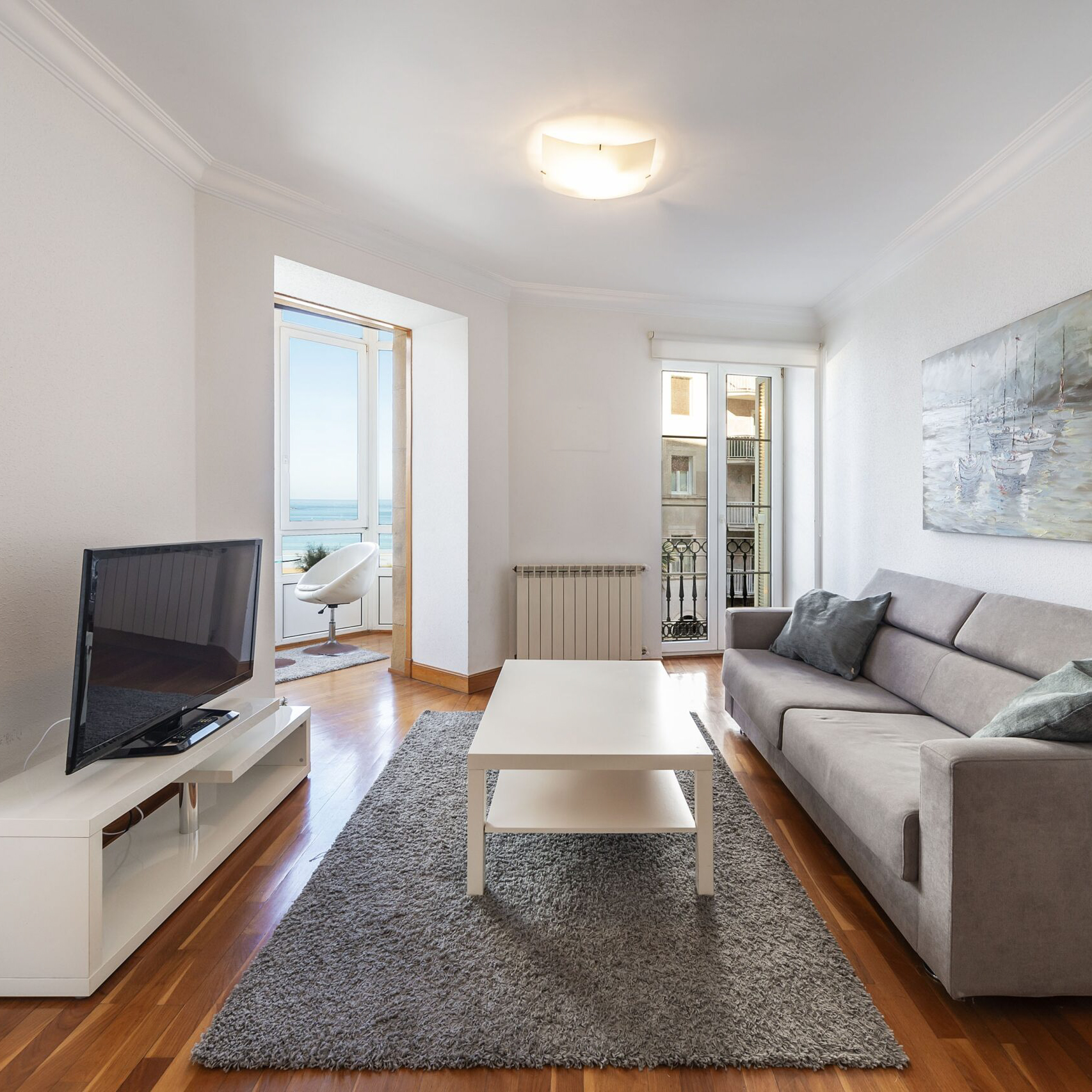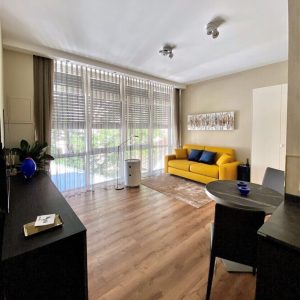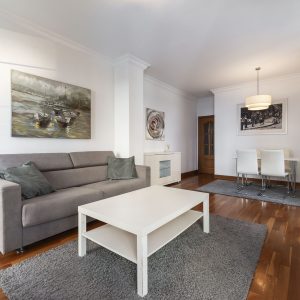The 70s were a decade of fashion revolution, with new styles and designs emerging in every industry. One such industry that saw significant changes was the lighting industry, with the emergence of the iconic pendant lamps. These lamps not only provided functional lighting but also became a symbol of style and sophistication. In this article, we will delve deep into the history and characteristics of 70s pendant lamps to understand their relevance even today.
What are 70s Pendant Lamps?
Pendant lamps are lighting fixtures that hang from the ceiling on a cord or chain. In the 70s, these lamps became popular due to their unique designs and functionality. These lamps were often made from materials like metal, fiberglass, and plastic, and featured designs that ranged from simple and minimalistic to bold and geometric. The iconic designs of 70s pendant lamps have become synonymous with the era and are still widely used in modern interior design.
The History of 70s Pendant Lamps
The origins of pendant lamps can be traced back to the 17th century, where chandeliers were the primary source of lighting for homes and palaces. The pendant lamp, however, emerged in the early 20th century, as a more practical and modern alternative to the chandelier. In the 70s, pendant lamps went through a design renaissance, with designers focusing on creating bold and unique styles.
Characteristics of 70s Pendant Lamps
The 70s pendant lamps were characterized by their use of bold colors, unique shapes, and unconventional materials. These lamps often featured geometric shapes, such as spheres, cones, and cylinders, and used materials like metal, fiberglass, and plastic. The use of these materials allowed designers to create lamps that had a range of textures, colors, and finishes.
Uses of 70s Pendant Lamps
The functionality of 70s pendant lamps has made them widely popular even today. These lamps are suitable for a range of indoor spaces, from small living rooms to large commercial buildings. Their use of direct lighting has made them popular in kitchens, dining spaces, and even office spaces. Additionally, their unique designs have made them a popular element in modern interior design.
The Relevance of 70s Pendant Lamps Today
The designs of 70s pendant lamps have stood the test of time, with many modern designers still drawing inspiration from them. Their use of bold colors and unique shapes has made them an important element in modern interior design. The use of unconventional materials has also allowed modern designers to create lamps that are eco-friendly and sustainable.
The Future of Pendant Lamps
The future of pendant lamps is bright, with designers continuing to experiment with new materials and designs. The emphasis on sustainability and eco-friendliness has encouraged designers to use recycled materials and create lamps that are energy efficient. It is clear that 70s pendant lamps will continue to be an inspiration for modern designers, and their legacy is set to continue for many years to come.
In conclusion, 70s pendant lamps were a revolution in the lighting industry, providing both functional lighting and a style statement. The unique designs, bold colors, and unconventional materials used in their creation have made them an important element in modern interior design. The future of pendant lamps looks promising, with designers continuing to draw inspiration from the iconic 70s designs.



